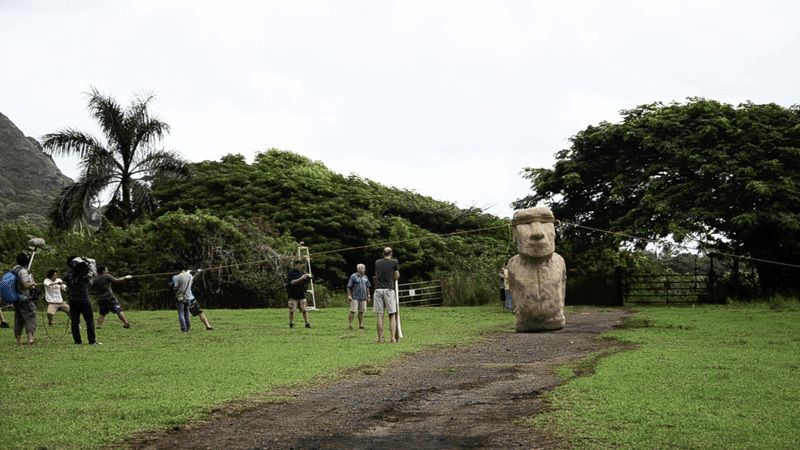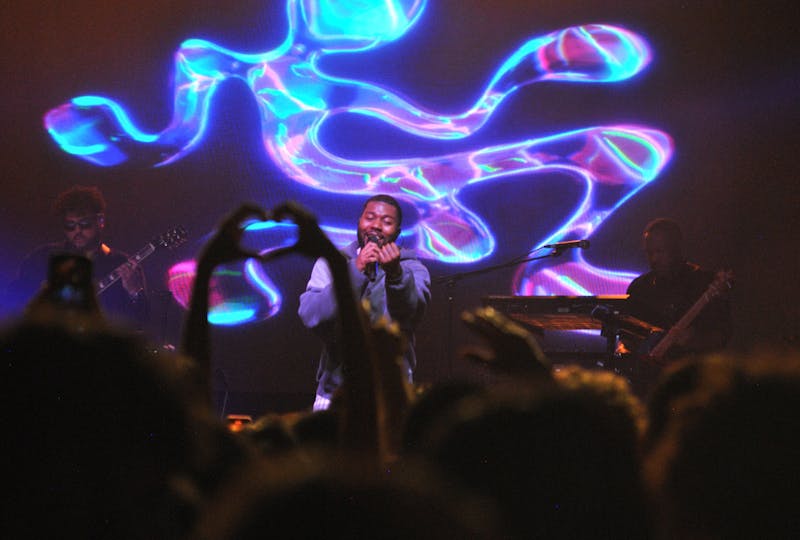Easter Island’s iconic moai statues could have been transported across the landscape by a small group of people using simple physics, according to a groundbreaking study. Published in the November 2025 issue of the Journal of Archaeological Science, the research suggests that these massive stone figures, some weighing dozens of tons, could “walk” with the aid of ropes and pendulum dynamics.
For years, anthropologists have debated how the Indigenous people of Rapa Nui moved the enormous moai from the Rano Raraku quarry to their ceremonial locations, typically located an average of 6.2 miles (10 km) away. This study challenges the traditional view that large teams and extensive resources were necessary for such monumental tasks.
The research team, led by Carl Lipo, a professor of anthropology at Binghamton University, discovered that the moai were crafted with a low center of mass and a forward lean. These design features were crucial for facilitating transport. Lipo stated, “What we found is the fact that statues were moved with very small numbers of people in an amazingly ingenious way.”
Innovative Techniques and Findings
The researchers conducted virtual simulations of the moai, determining that with the use of ropes and a team of as few as 15 people, the statues could take steps averaging 35 inches (89 centimeters) long. The study showed that the moai could “walk” across the landscape, with the potential for an average speed of around 1,000 feet (310 meters) per hour.
The modeling included various factors, such as the irregular shapes of the moai and the necessary force to initiate movement. The findings indicated that 15 to 60 people could start the movement, while just five to 25 individuals could maintain it. This suggested that the transport method was remarkably efficient.
The researchers also found that the moai’s D-shaped base acted as a pivot point during movement. The unique design allowed for a sideways rocking motion, which was essential for the “walking” technique. The study’s authors emphasized the effectiveness of this method, stating that it provided compelling evidence against the belief that a large workforce was essential for moving the statues.
Broader Implications and Expert Opinions
The implications of this research extend beyond Easter Island. Terry Hunt, a professor at the University of Arizona and co-author of the study, stated that this work adds to the understanding of how ancient peoples used innovative techniques to manipulate their environment.
Critics, however, have pointed out that while the research presents a technical possibility for the movement of the moai, it does not conclusively prove that the “walking” method was employed. Sue Hamilton, an archaeologist at University College London, noted that the findings could be interpreted in various ways. She remarked, “The current work by the authors further demonstrates the technical possibility of upright movement of the statues, but it does not prove that it happened.”
As research continues, the study by Lipo and Hunt opens new avenues for exploring the ingenuity of the Rapa Nui people and their monumental achievements. While the exact methods used to transport the moai may remain a topic of debate, this study contributes valuable insights into the capabilities of ancient societies.







